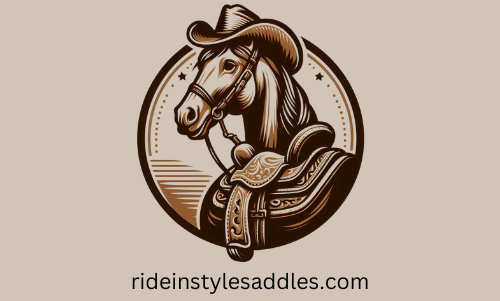
When riding Western style, selecting the right bit is essential for effective communication and comfort. Western horses are commonly ridden in snaffle bits and curb bits, each serving a distinct purpose. Snaffle bits apply direct pressure, making them ideal for young or green horses learning the basics. In contrast, curb bits use leverage, offering more refined cues for trained horses. Understanding how to choose the best western bit for your riding needs is crucial.
Choosing the best Western bit depends on your horse’s mouth shape and sensitivity. A comfortable mouthpiece design is crucial, as what works for one horse may not suit another. Despite common misconceptions, a jointed curb bit, such as a Tom Thumb, can be quite strong due to the combined effects of its jointed mouthpiece and leverage. When considering how to choose the best western bit for your horse, pay attention to these details.
By understanding bit types, their mechanics, and proper fit, you can ensure a better riding experience for both you and your horse. Lets dive in!
By familiarizing yourself with varieties, their functionality, and correct sizing, you can enhance the riding experience for both yourself and your horse. Let’s explore this further!
Understanding Western Bits and Their Effects
Western bits come in various styles, each designed to serve a specific purpose. The bit you choose will influence your horse’s comfort, responsiveness, and overall performance. Below are the main types of Western bits and their effects:
1. Snaffle Bits
Snaffle bits are direct-pressure bits, meaning the pressure applied by the reins is felt directly in the horse’s mouth. These bits are ideal for training young horses and refining cues with experienced horses. Popular types include:
- O-Ring Snaffle – Offers a mild effect and allows lateral movement.
- D-Ring Snaffle – Provides stability and prevents pinching.
2. Curb Bits
Curb bits function on leverage rather than direct pressure. The longer the shank, the more leverage it provides, meaning it requires a softer hand from the rider. Common types include:
- Short-Shank Curb Bit – Offers moderate leverage and is great for transitioning horses from snaffles.
- Long-Shank Curb Bit – Provides stronger cues and is used for well-trained horses that understand neck reining.
3. Combination Bits
Combination bits blend elements of both snaffle and curb designs, offering a mix of direct pressure and leverage. These are ideal for horses that need a softer transition between the two types.
4. Correction Bit
A correction bit is used for refining cues in advanced horses. It features a port in the middle and applies pressure to the horse’s palate, chin, and poll. It is best suited for experienced riders who need precision in training.
5. Grazing Bit
The grazing bit is a type of curb bit with a slightly angled shank, allowing the horse to graze while wearing it. It is commonly used for pleasure riding and trail riding due to its mild leverage effect.
6. Tom Thumb Bit
A Tom Thumb bit is a hybrid between a snaffle and a curb bit, offering mild leverage. It is often used as a transition bit for horses moving from a snaffle to a curb.
7. Spade Bit
A spade bit is a high-leverage bit designed for highly trained horses in disciplines like reining and Western show riding. It requires a skilled rider as it applies strong pressure on the horse’s tongue, bars, and palate.
8. Hackamore
A bitless option, the hackamore applies pressure to the horse’s nose and chin instead of the mouth. It is ideal for horses with mouth sensitivity and for riders looking to ride without a traditional bit.
Benefits and Pitfalls of Western Bits
Benefits
- Enhanced Communication – Helps riders give clear and precise cues to their horse.
- Improved Control – Certain bits provide more leverage for better stopping power.
- Encourages Responsiveness – Some bits aid in refining the horse’s movements and responses.
- Versatile Options – Different bits suit various riding styles and disciplines.
Pitfalls
- Potential Discomfort – Incorrect usage or harsh hands can cause pain and resistance.
- Not One-Size-Fits-All – A bit that works for one horse may not be suitable for another.
- Requires Proper Training – Some bits, especially curb and spade bits, require a rider with experience to use them effectively.
Best Bits for Different Western Activities
Choosing the right bit depends on the riding activity you engage in. Here are some recommendations:
- Trail Riding – A snaffle bit provides comfort and control for long rides.
- Reining – A short-shank curb bit offers precision for intricate maneuvers.
- Barrel Racing – A combination bit helps maintain speed and responsiveness.
- Roping – A long-shank curb bit provides control for quick stops.
- Western Pleasure – A mild curb bit helps refine movements for a polished look.
Final Thoughts
When selecting a Western bit, it’s essential to consider your riding style and your horse’s comfort. Whether you prefer a snaffle, curb, or hackamore, each option offers unique benefits and potential pitfalls. Tailoring your bit choice to your specific riding activity can enhance communication and overall ride enjoyment.
Share your favorite bit and why it works for you in the comments!

